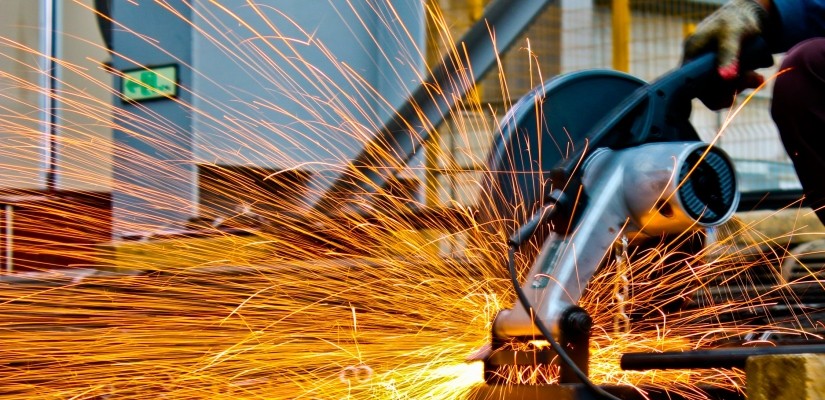On June 02, 2019, the Shanghai Stock Exchange announced that the state-owned China Baowu Iron and Steel Group would acquire a controlling 51% stake in its domestic rival, Magang Group Holding Co., Ltd. Following the merger, Baowu will increase its total production capacity from 67.4 million tons to a combined output of 87.1 million tons annually. Collectively, it will surpass the total US output of 86.6 million tons and brings it only slightly behind the world leader, ArcelorMittal’s 92.5 million tons.
After its ascension to the World Trade Organization in 2001, China aggressively ramped up its steel production to catch up with growing global demand. Since then, the industry has continued to grow and China now produces 928.3 million tons annually, making up more than half of the total global steel production. This trend has led to recent accusations that China is flooding global markets by selling steel at artificially low prices. By selling steel at a loss, it is able to drive out competitors in a practice known as dumping. Beyond international pressure, China also has a vested interest in reducing the number of companies to resolve the supply glut and boost competitiveness. In response, China’s Thirteenth Five-year Plan (2016-2020) called for the consolidation of its domestic steel industry. The Plan calls for 60% of its national steel capacity to be in the hands of its top 10 producers by 2020 but, including the merger, the top 10 steelmakers control just 48% of capacity and further consolidation is expected.
Baowu Steel has announced a production target of 100 million tons by 2021. Since Beijing has set limits on the construction of new production capacity, Baowu will only be able to meet their target through further acquisitions. As such, there is speculation that the existing joint venture with Ansteel Group will progress to a merger with Baowu in the near future. At current levels of production, this alliance would collectively produce roughly 120 million tons of steel annually. While Baowu thrives, other steel companies are suffering; in fact, the government has forced the shutdown of more than 200 million tons of steel capacity since 2016 and many other domestic firms have seen a drastic decline in net profits.

By cutting production, China is also confronting the issue of its “zombie economy,” where mines and factories churn out products that no one buys. While China aims to make their heavy industries more efficient, it also comes at a cost. In its efforts to reduce redundancies, China announced that it expects to dismiss 1.8 million workers in its coal and steel industries by 2020. This planned restructuring is fueling worries of social instability and will compel Beijing to find a solution for the growing number of unemployed individuals.
The merger of Baowu and Magang also has international implications. Prior to the acquisition, Baowu was looking to shift some of its production abroad. They had been studying plans to relocate blast furnaces to Cambodia or Pakistan from their current location in Xinjiang. This would allow the company to maintain output levels if Beijing decides to further throttle production on the mainland. Moreover, Baowu, as a state-owned enterprise with immense and growing production capabilities, gives the Chinese government increased influence on global steel prices.
Several factors that may lead to volatility within the steel market. Continued Chinese government regulation and tightening supply, concern rising from trade tensions with the United States, and increased infrastructure spending in high-growth regions including India, Indonesia, and the African continent will affect steel prices. Markets will continue to keep a close eye on the latest Chinese developments for insights into the international steel trade.

